Himalayan Onyx Marble Block serves as premium raw material for interior designers, architects, and stone fabricators creating dramatic focal points in luxury residential and commercial spaces. These rough-quarried blocks arrive unfinished from Pakistani quarries, enabling custom fabrication for specialized applications. Primary uses include backlit feature walls creating luminous focal points in lobbies, restaurants, and residences, translucent bar tops and reception desks where internal LED lighting enhances natural banding patterns, bathroom vanities and decorative shower accents in spa-like environments, illuminated fireplace surrounds and column cladding in upscale interiors, and decorative accents including light fixtures, tabletops, and sculptural installations. The warm honey-amber coloration with natural cream and brown banding complements Mediterranean, transitional, and contemporary design aesthetics while providing unique light-transmitting properties unavailable in conventional marble or granite.
Performance and Quality Detail
Himalayan onyx exhibits compressive strength between 60 and 95 MPa, suitable for decorative interior applications but below thresholds for structural load-bearing uses. Flexural strength ranges from 8 to 14 MPa, making the material appropriate for wall cladding and vanity tops with continuous substrate support but not for unsupported spans exceeding 40 centimeters. Water absorption rates between 0.3 and 0.8 percent indicate moderate porosity requiring protective sealing. The Mohs hardness rating of 3 means onyx scratches more easily than granite or quartzite—careful handling during installation is essential. The defining characteristic is translucency: when cut to 2-3 centimeter thickness, Himalayan onyx transmits 15-35 percent of incident light, creating glowing amber tones when backlit with LED systems. Natural banding patterns vary significantly between blocks due to mineral deposition sequences during formation.
Materials and Manufacturing Notes
Himalayan onyx forms in limestone caves through precipitation of calcium carbonate from mineral-rich groundwater, creating characteristic layered banding patterns. Unlike metamorphic marble, onyx is a sedimentary deposit that accumulates slowly over thousands of years. Pakistani quarries employ diamond wire saws and controlled splitting techniques for extraction, though onyx’s relatively soft composition and natural fracture planes make it more fragile than granite during quarrying and transport. Blocks typically ship with protective wrapping to minimize surface damage. The honey-amber coloration results from iron oxide traces incorporated during mineral deposition.
| Color | Green, Beige, Cream, Amber, and White Veins |
| Origin | Rajasthan, India |
| Texture | Compact, fine-grained, crystalline structure |
| Size | 180up × 60up, 200up × 100up, 200up × 120up, 260up × 160up |
| Density | 2,750 – 2,850 kg/m³ (approx.) |
| Finish Options (After Processing) | Polished, Honed, and Resin-treated |
| Applications | Slab production, tiles, monuments, cladding, luxury interiors, and architectural projects |
Maintenance and Care
Uninstalled blocks require dry, climate-controlled storage away from temperature extremes that could cause expansion-contraction cracking along banding planes. Post-installation, Himalayan onyx demands sealing every 4-6 months using impregnating sealers specifically formulated for high-porosity calcite-based stones. Daily cleaning must employ only pH-neutral products—acidic substances including vinegar, citrus juices, wine, and most bathroom cleaners cause immediate etching and permanent surface damage. Alkaline cleaners can gradually dissolve polished finishes. For interior installations with proper maintenance, expect service life between 20 and 35 years before significant wear becomes visible, though backlit applications may show LED heat-related discoloration after 15-20 years depending on thermal management.
Installation and Compatibility Notes
Fabrication requires wet-cutting diamond blades operating at reduced speeds to prevent thermal cracking in the banded structure. Only experienced onyx specialists should handle cutting and installation—the material’s softness, natural fracture planes, and translucency demands significantly different techniques than granite or conventional marble. Wall installations require stainless steel or brass anchoring systems with continuous backing support; point-loading can fracture the stone along banding planes. For backlit applications, install LED strips or panels at minimum 3-centimeter distance from stone surface to prevent thermal stress and ensure uniform illumination without hot spots. This material is strictly for interior use—exterior applications result in rapid surface degradation from weathering, freeze-thaw cycles, and UV exposure.
Pros & Cons
Pros:
- Exceptional translucency (15-35% light transmission) enables dramatic backlit installations impossible with conventional marble or granite
- Warm honey-amber coloration with natural banding creates unique luxury aesthetics for statement features
- Distinctive natural patterns ensure no two installations appear identical, delivering exclusivity for high-end projects
- Softer composition (Mohs 3) allows easier cutting and shaping than granite, reducing specialized fabrication equipment requirements
Cons:
- Low hardness (Mohs 3) makes surfaces highly vulnerable to scratching, chipping, and impact damage from everyday use
- High porosity (0.3-0.8% absorption) requires frequent sealing (every 4-6 months) and immediate spill cleanup to prevent staining
- Extremely acid-sensitive—common household substances cause immediate permanent etching damage, limiting practical applications
Who should buy/Who should not buy
Ideal Buyers:
- Luxury hospitality developers creating signature backlit features in hotel lobbies, bars, and restaurants
- High-end residential clients investing in statement installations like illuminated feature walls or bar tops
- Interior designers specifying dramatic focal points in low-traffic areas where maintenance staff can provide daily care
- Commercial developers for upscale retail spaces, spas, and boutique environments emphasizing unique natural materials
Not Recommended For:
- Kitchen countertops where acidic foods, hot pans, and cutting activities will cause rapid damage
- High-traffic commercial flooring or any horizontal surfaces subject to abrasion and impact
- Exterior applications including facades, outdoor kitchens, or landscaping features
- Budget-conscious projects where maintenance requirements (frequent sealing, specialized cleaning) exceed practical limits
FAQs
Q1: What dimensions are available for Himalayan Onyx Marble Block?
Rough blocks typically measure 160-250 cm in length and 130-170 cm in height. Onyx’s fragile nature and banding structure limit block sizes compared to granite or conventional marble.
Q2: Can Himalayan onyx be used for kitchen countertops?
Not recommended. The Mohs 3 hardness scratches easily, and acid sensitivity means lemon juice, wine, and tomato sauce cause immediate permanent etching. Reserve for decorative applications in low-traffic areas.
Q3: How thick should onyx be cut for optimal backlighting?
2-3 cm thickness provides ideal balance between structural integrity and light transmission (15-35%). Thinner cuts risk breakage; thicker material reduces translucency significantly.
Q4: What maintenance does Himalayan onyx require?
Seal every 4-6 months with penetrating sealer for high-porosity stone. Clean only with pH-neutral products. Immediately wipe all spills. Avoid placing hot items directly on surface.
Q5: Why is thermal management important for backlit onyx installations?
Onyx’s high thermal expansion coefficient causes delamination along banding planes if LED heat accumulates. Maintain surface temperatures below 40°C through proper LED spacing and ventilation.
Q6: Is Himalayan onyx suitable for outdoor applications?
Absolutely not. The calcite composition degrades rapidly from weathering, freeze-thaw cycles, and UV exposure. Strictly for protected interior installations only.
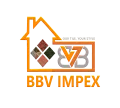
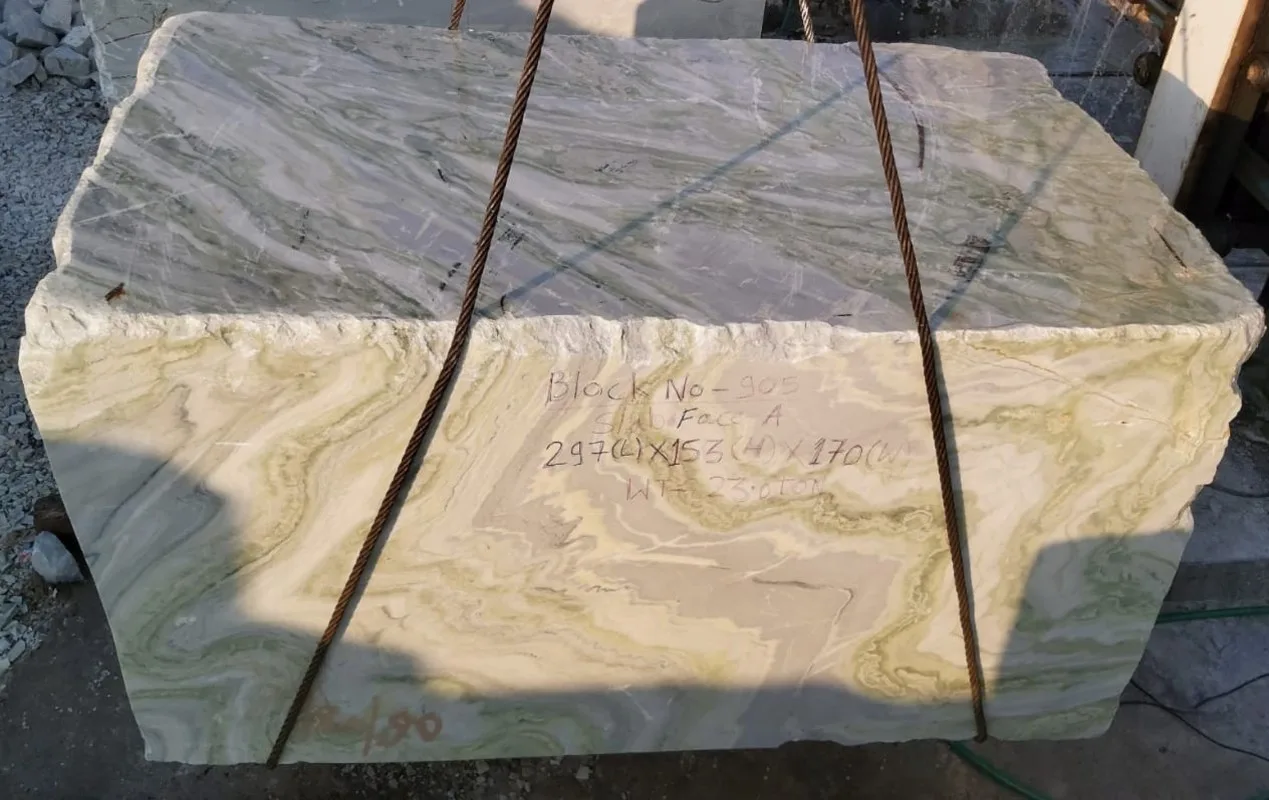
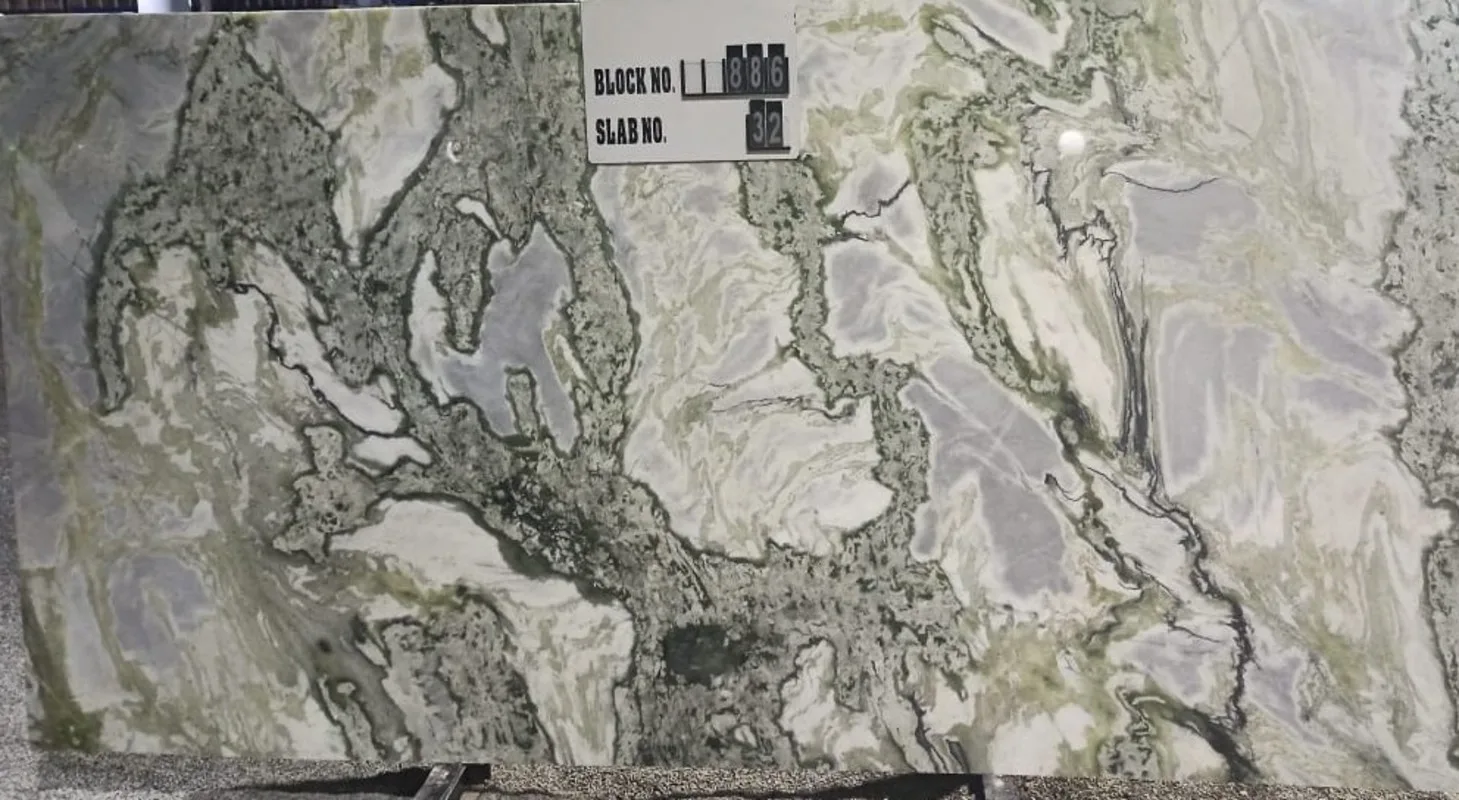
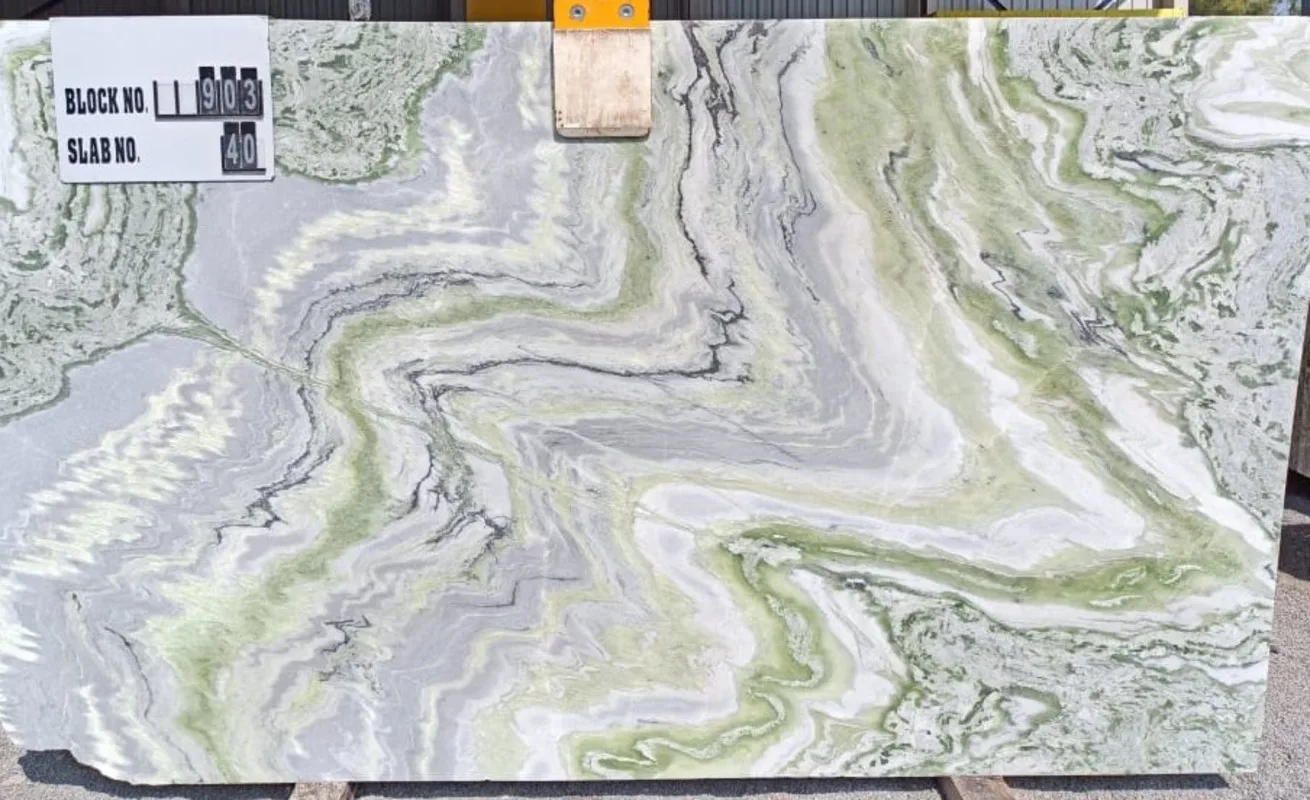
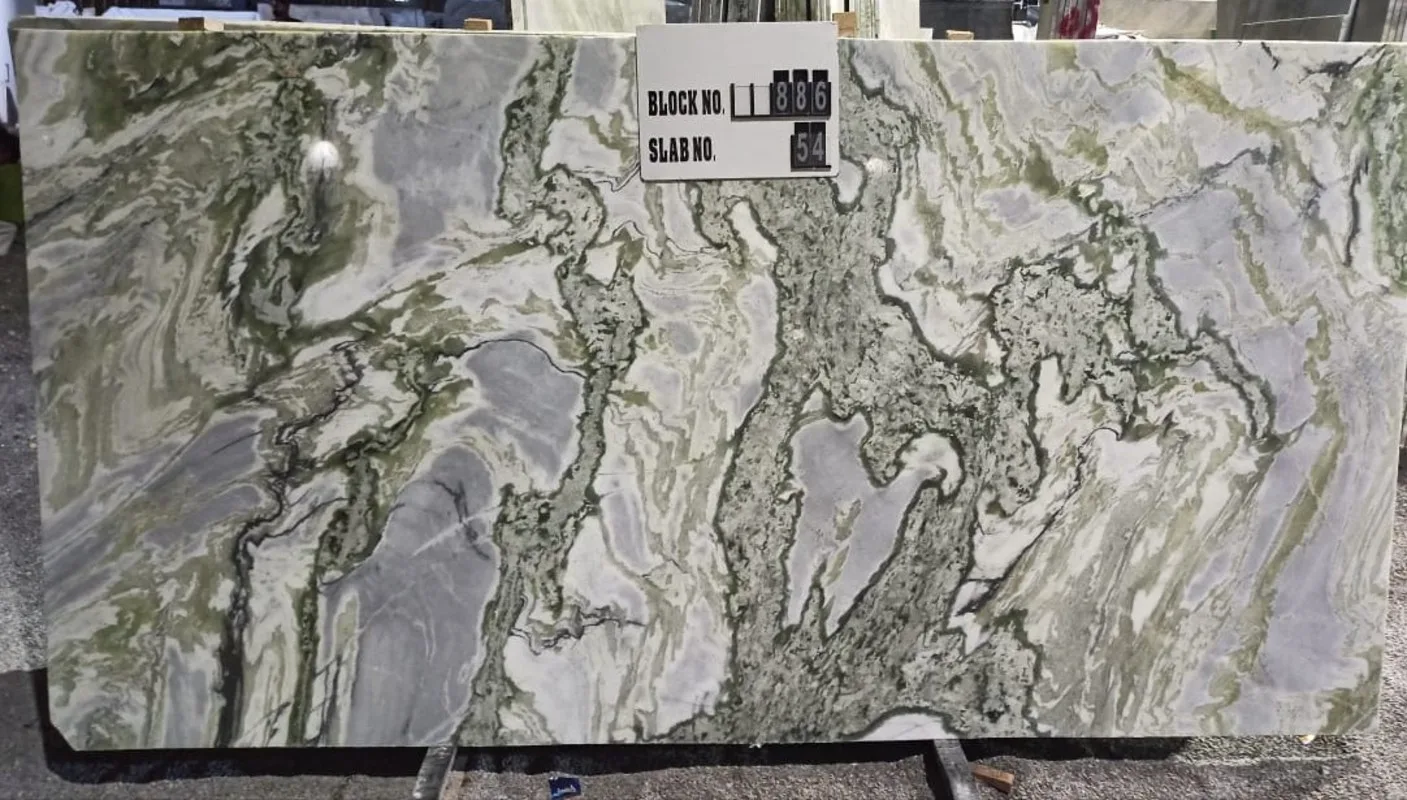
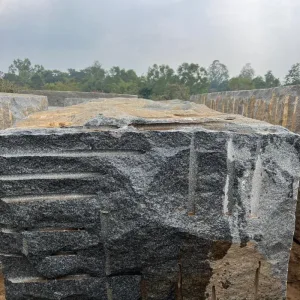


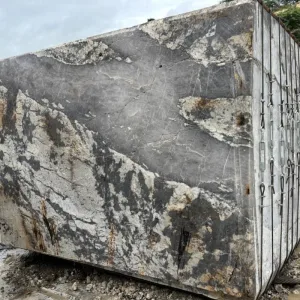
Reviews
There are no reviews yet.